Porous Carbon Pin Mill Dispersing Technology: A Key Step in Maintaining Structure and Optimizing Performance
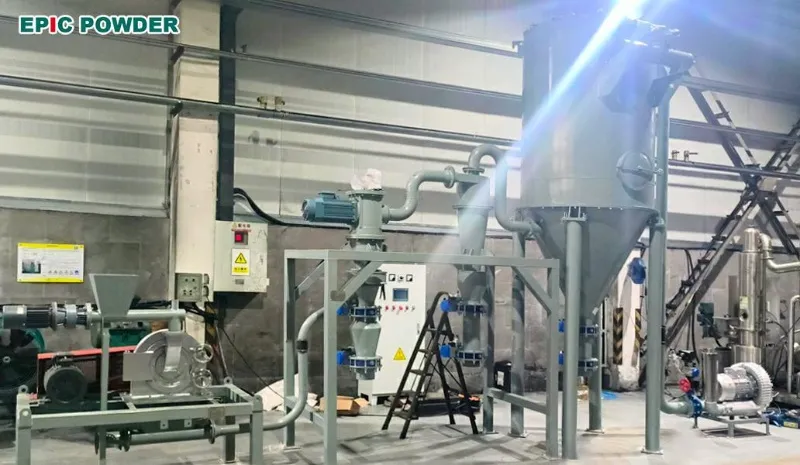
Porous carbon has a high specific surface area, excellent conductivity, and chemical stability. It is widely used in energy storage, catalysis, adsorption, and electrochemical applications. However, powder agglomeration is a common and challenging issue during its preparation and application. To achieve uniform particle size distribution, better dispersion, and enhanced performance, Pin Mill (needle mill) dispersing […]
Potassium Sulfate Ultrafine Grinding: Application and Performance of ACM Air Classifying Mill
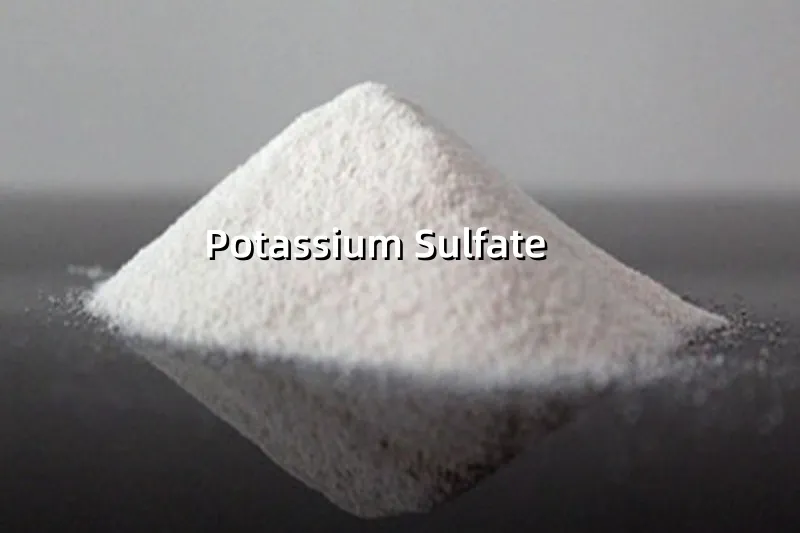
Potassium sulfate (K₂SO₄) is an important inorganic salt. It is widely used in fertilizers, pharmaceuticals, glass, dyes, explosives, and food additives. As a high-end potassium fertilizer, it is chlorine-free, highly soluble, and has low hygroscopicity. It is especially suitable for chloride-sensitive crops such as tobacco, tea, and fruits. With the rising quality standards in agriculture […]
Diatomaceous Earth: The “Porous Elf” of Nature
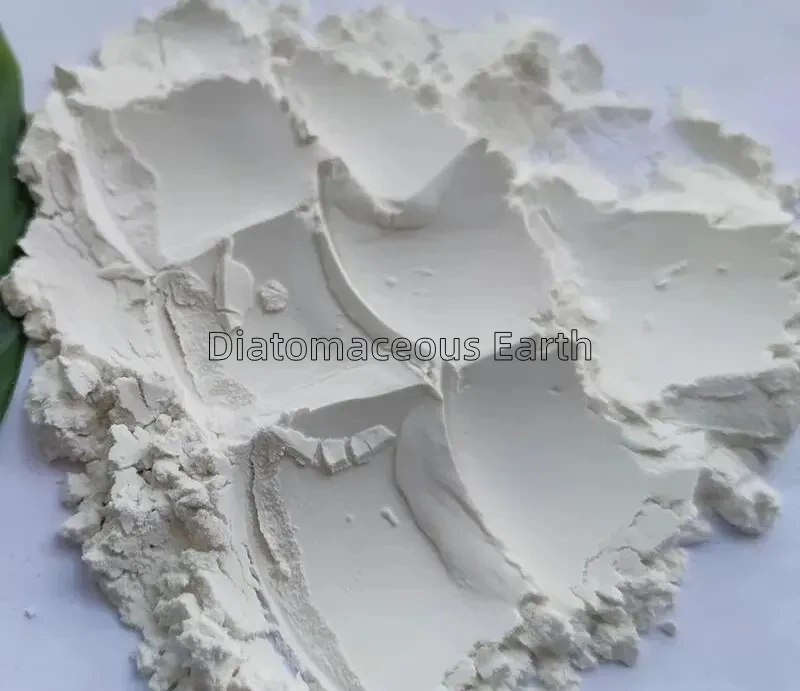
In the vast universe of chemical raw materials, there exists a gift from ancient marine life — diatomaceous earth (DE). Though it appears unremarkable, its unique properties make it an indispensable “behind-the-scenes hero” in countless industrial processes. Today, let’s uncover the secrets of this “natural filtration master” and explore how it shines in modern industry. […]
How Much Do You Know About Surface Modification of Silica?
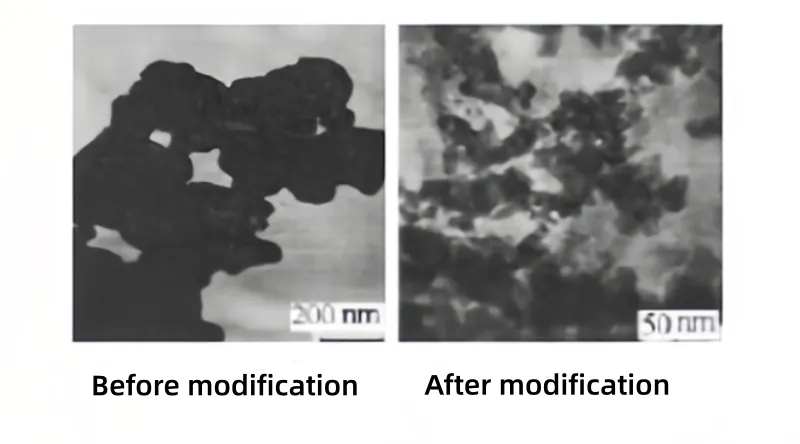
Silica, also known as silicon dioxide, is an important inorganic chemical raw material. Due to its unique surface structure and particle morphology, silica exhibits excellent stability, reinforcing capability, thickening behavior, and thixotropy. These properties make it a crucial inorganic filler in many fields such as rubber, coatings, and plastics. However, to fully unlock its potential […]
What Is High-Purity Aluminum Powder?
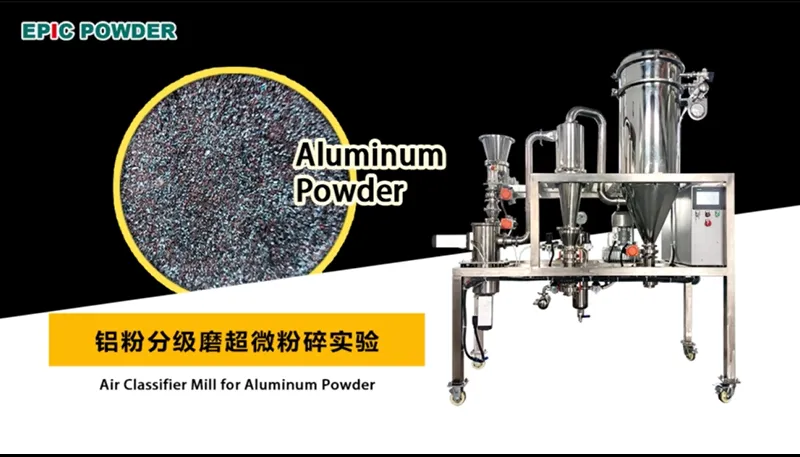
In high-precision manufacturing industries such as semiconductors, electronic packaging, new energy, 3D printing, and vacuum coating, high-purity aluminum powder is playing an increasingly critical role.As industries demand higher conductivity, film-forming ability, and material purity, traditional “industrial aluminum fines” can no longer meet these stringent requirements — giving rise to high-purity aluminum powder. Definition of High-Purity […]
Pin Mill for α-Hemihydrate Gypsum Grinding : The Path to High-Strength Gypsum Powder Refinement
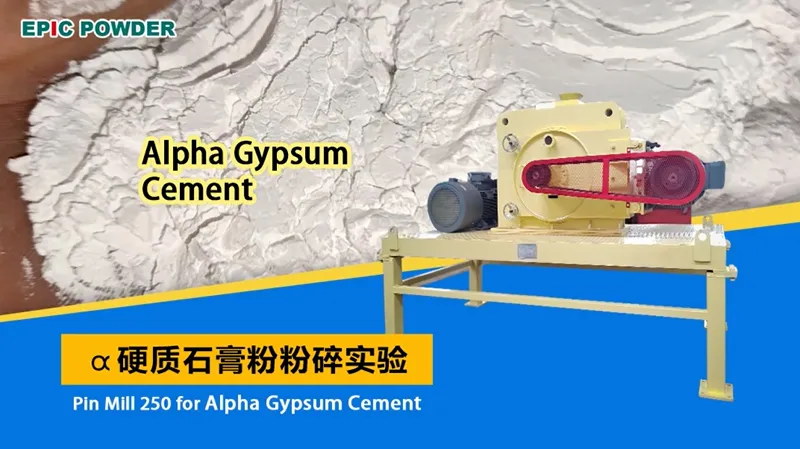
In the fields of building materials and fine chemicals, α-hemihydrate gypsum is widely used across many industries. It offers high strength, good density, and controllable setting time, making it ideal for high-end construction materials, ceramic molds, precision casting, medical products, and crafts. To achieve superior product quality, both proper calcination and precise α-Hemihydrate Gypsum Grinding […]
Rare Earth Powder Grinding: The Key Step to High-Performance Materials
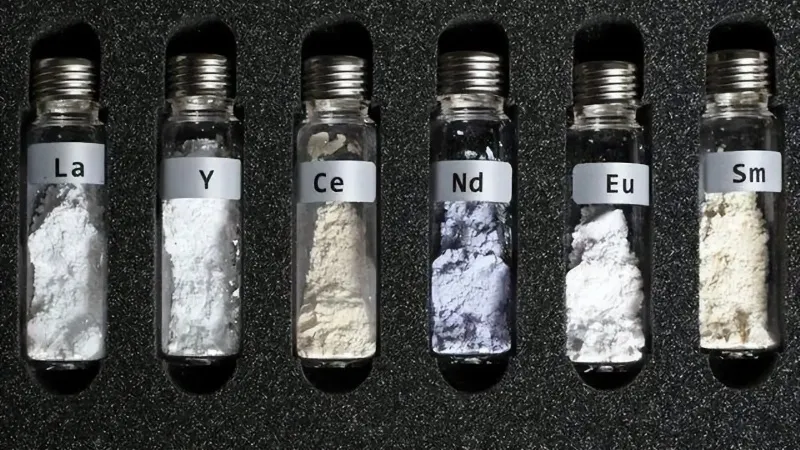
Rare earth elements, often referred to as the “vitamins of industry”. It plays an essential role in a wide range of fields such as permanent magnet materials, phosphors, catalysts, hydrogen storage materials, electronics, and aerospace. With the continuous advancement of high-end manufacturing, the requirements for the purity, particle size distribution, and specific surface area of […]
Wax Powder: From Production Process to Application Scenarios
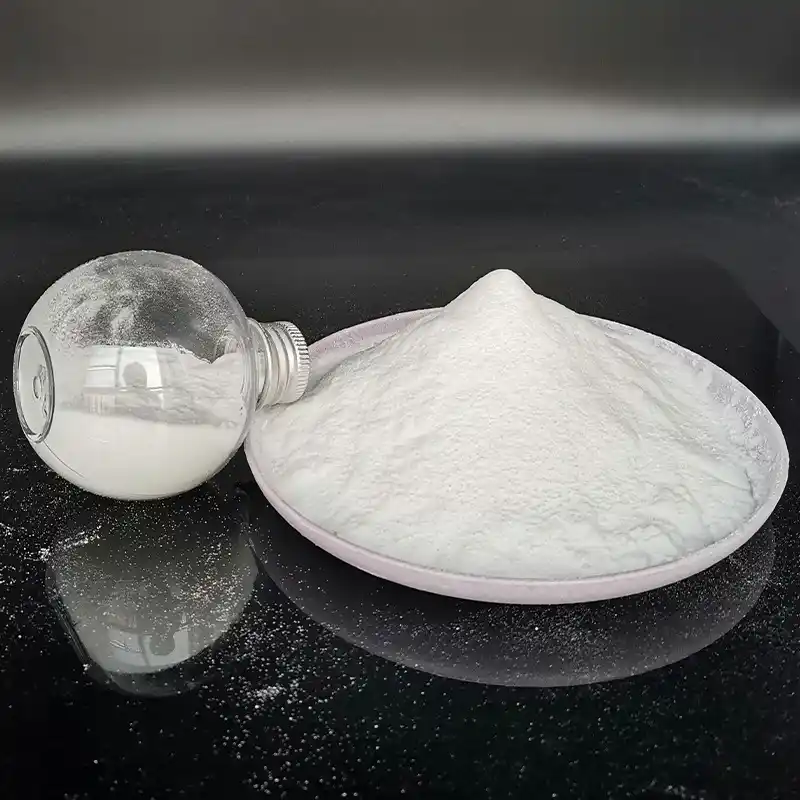
In the field of new materials, there exists a key additive known as the “MSG of industry” — PTFE wax powder. This white, powdery resin is produced by coagulating, washing, and drying a dispersion obtained through the controlled polymerization of tetrafluoroethylene. It possesses exceptional properties such as heat resistance, weatherability, cold resistance, low friction, non-stick […]
Jet Mill – Ultra-Fine Grinding of Heat-Sensitive Materials
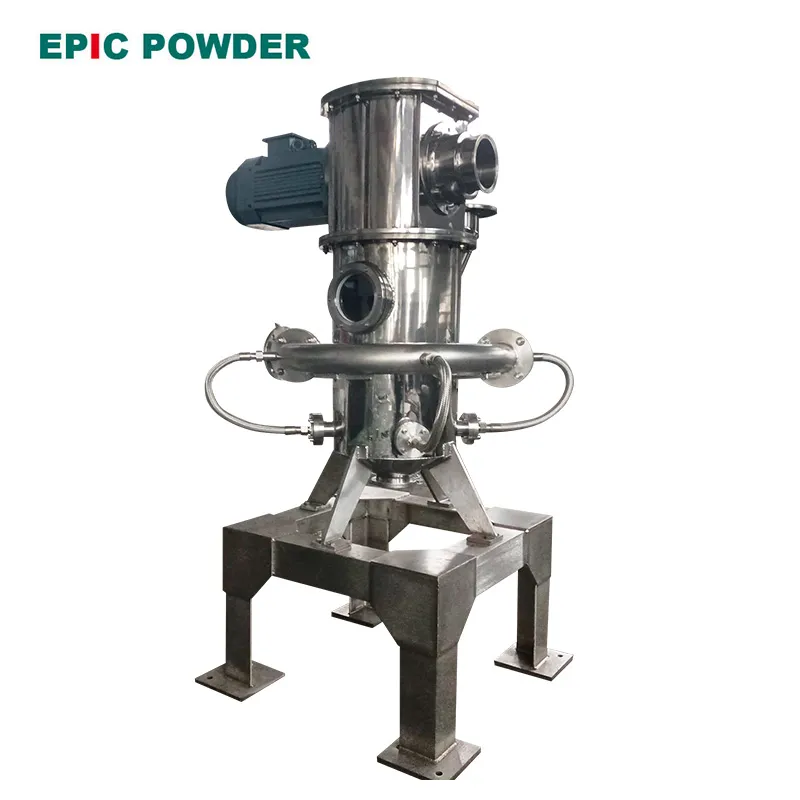
Ultra-Fine Grinding is a cornerstone technology in modern manufacturing, critical to sectors like chemicals, pharmaceuticals, and food production. However, it faces unique challenges when applied to Heat-Sensitive Materials, such as certain drugs, food additives, fragrances, and polymers. These materials are prone to undesirable physical, chemical, or biological changes at elevated temperatures. Consequently, the specialized field […]
